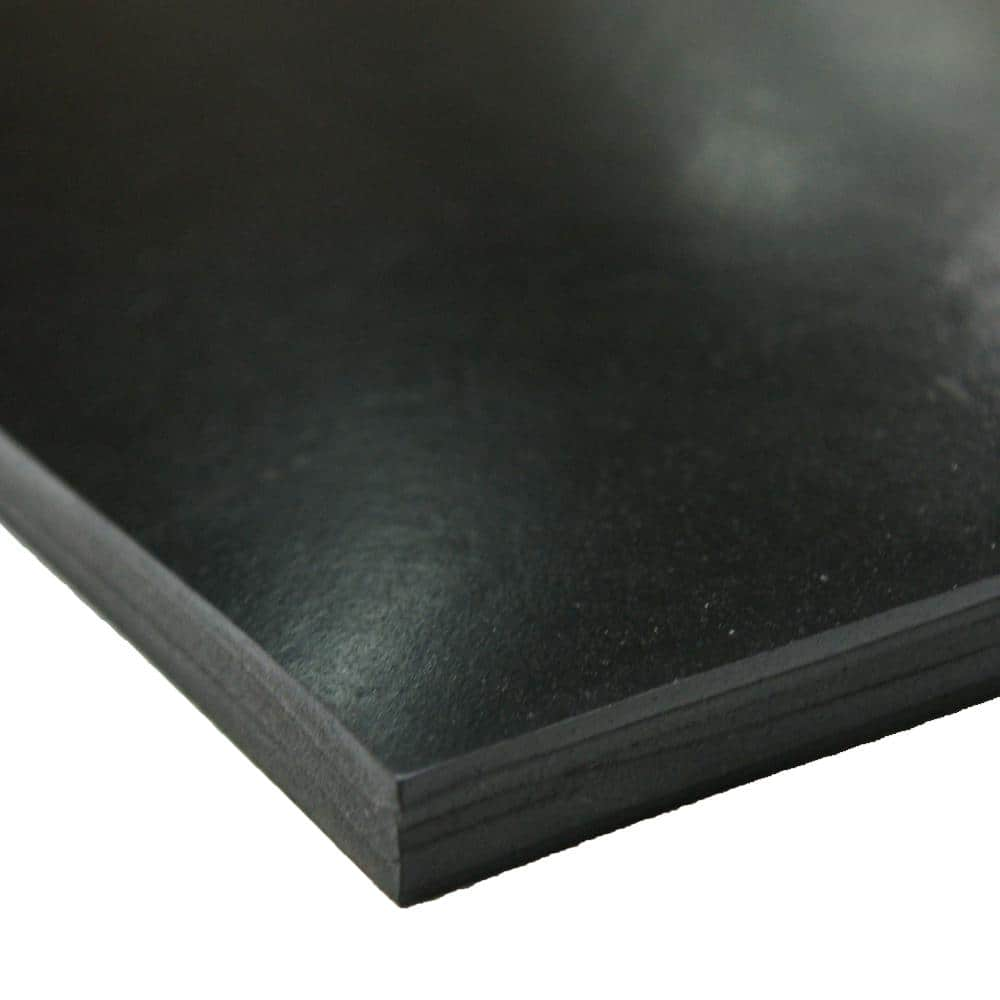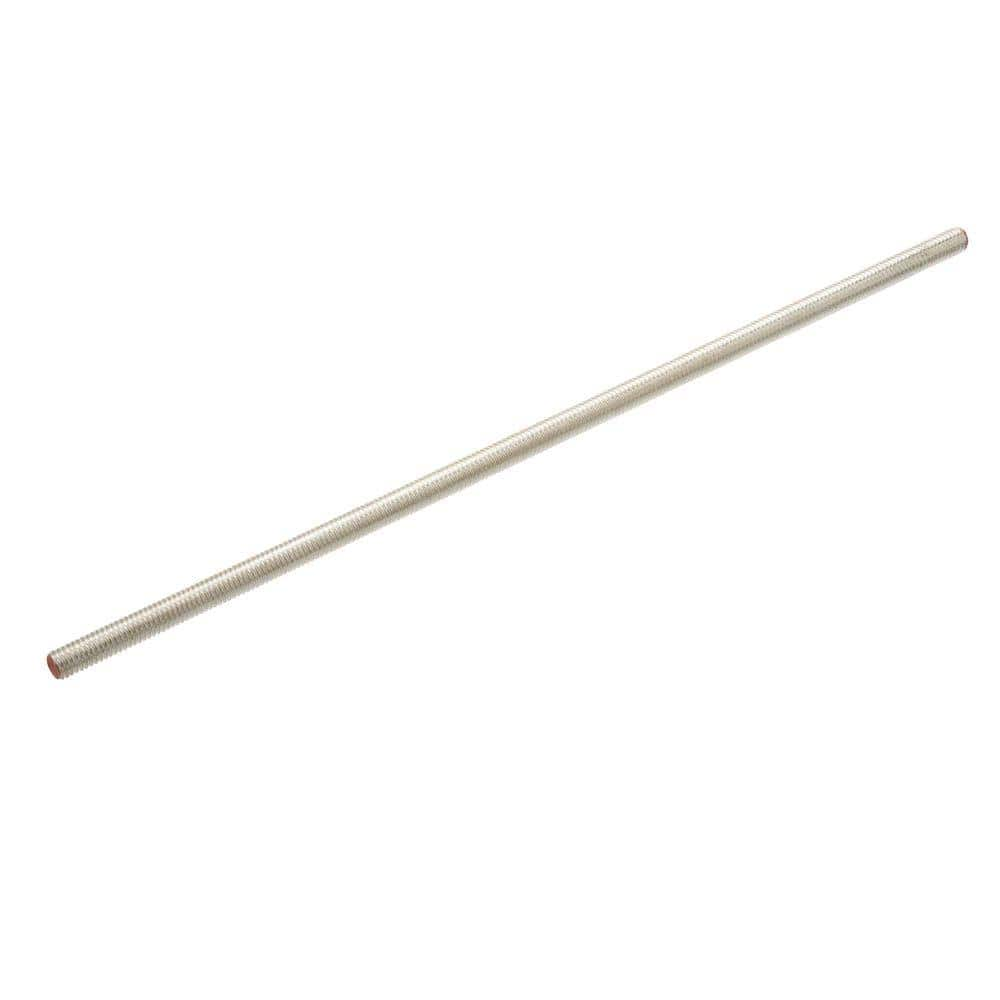So i've seen lots of pictures and recommendations of people using threaded rod & plywood to clamp their cells. I'm making a 4s battery with the 280ah eve cells now and am having trouble figuring out how actually build the dang thing with threaded rod (which i've never used before)
I have everything cut & setup with 2 wood endplates + 4 threaded rods + 8 nylock nuts. The problem I am having is that for the life of me I can't figure out how to tighten both ends of the threaded rod? I cant choose which end is the "locking" side and because when trying to turn the nut it instead turns the rod. Can anyone help a complete beginner out with this? I now have one of my nylock nuts screwed way too far onto the rod and can't figure out how to back it out haha
I have everything cut & setup with 2 wood endplates + 4 threaded rods + 8 nylock nuts. The problem I am having is that for the life of me I can't figure out how to tighten both ends of the threaded rod? I cant choose which end is the "locking" side and because when trying to turn the nut it instead turns the rod. Can anyone help a complete beginner out with this? I now have one of my nylock nuts screwed way too far onto the rod and can't figure out how to back it out haha





